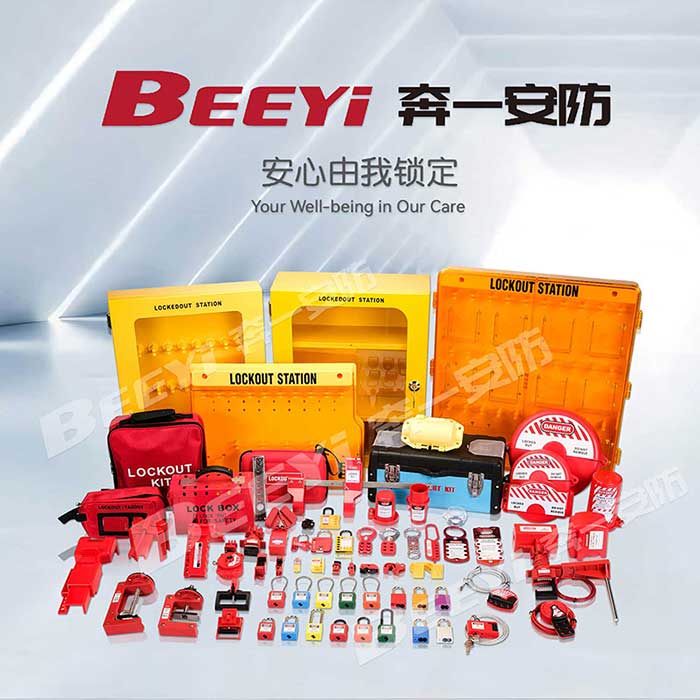the importance of pneumatic lockouts in industrial safety
Release time:2025-08-22 08:55:27
In industrial settings where pneumatic systems are commonly used, the risks associated with energy release can be significant. Pneumatic systems, which rely on compressed air or gases to operate machinery and tools, pose unique hazards if not properly controlled, especially during maintenance or repair tasks. One of the key safety mechanisms in place to mitigate these risks is the use of pneumatic lockouts. These devices are an essential component of lockout/tagout (LOTO) procedures, ensuring that pneumatic systems remain safely de-energized when workers are performing maintenance or servicing equipment.

What Are Pneumatic Lockouts?
Pneumatic lockouts are safety devices specifically designed to control the flow of compressed air or gases in pneumatic systems during maintenance activities. These devices are used to lock and isolate pneumatic systems to prevent any accidental release of energy that could lead to injury or equipment damage. By physically blocking or isolating control valves, pressure regulators, and air supply lines, pneumatic lockouts ensure that the system remains de-energized and safe while workers perform necessary tasks.
In essence, pneumatic lockouts are part of a broader lockout/tagout system that is a critical part of industrial safety standards worldwide. They are designed to be compatible with various valves, hoses, and tanks found in pneumatic systems, offering flexibility for different applications in a wide range of industries, including manufacturing, construction, and heavy machinery operations.

